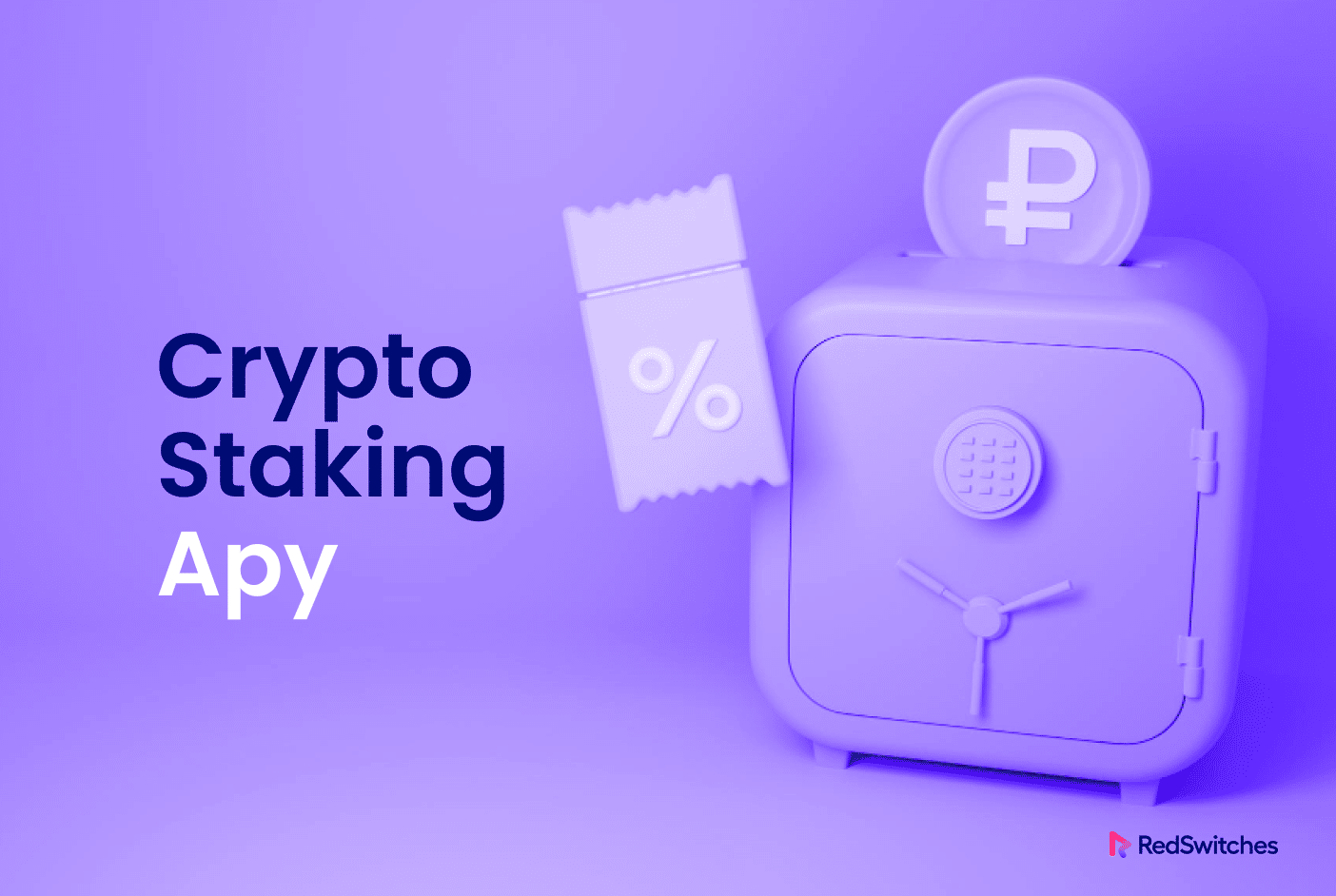In the dynamic world of cryptocurrencies, staking has emerged as a compelling strategy for investors looking to increase their holdings without the need for active trading. Staking, an essential mechanism in proof-of-stake (PoS) networks, involves locking up cryptocurrencies to support network operations and security. In return, participants are rewarded with additional cryptocurrency, often generating attractive annual percentage yields (APYs). Recently, some platforms have started offering record-breaking APYs, drawing both enthusiasm and skepticism from the crypto community. This article delves into these high-yield opportunities, examining the mechanics behind them, their potential benefits, and the inherent risks involved.
The allure of the highest APY crypto staking offers cannot be underestimated. These opportunities promise unprecedented returns on investment, with some platforms showcasing APYs that can significantly exceed those found in traditional financial systems. For investors focused on growing their digital assets, these high yields present a potentially lucrative, albeit risky, avenue. Understanding the factors that contribute to these high APYs is crucial for any investor considering participation in such schemes.

What Drives High Staking APYs?
Several factors can drive the APYs of staking to record highs. Primarily, these include network incentives, tokenomics designed to reward early adopters, and the overall demand for the cryptocurrency. Newly launched networks might offer higher APYs to attract stakers, which helps secure the network and distribute the token supply effectively. Additionally, economic models that include burning mechanisms, limited supply, or reward halving can also increase APYs as they create scarcity and potential price appreciation.
Evaluating Staking Platforms
When considering staking investments, especially those promising unusually high annual percentage yields (APYs), it’s imperative to thoroughly evaluate the platform’s credibility and the long-term sustainability of its staking model. This assessment should begin with an in-depth analysis of the platform’s security protocols to ensure that it can defend against both external attacks and internal vulnerabilities. Additionally, evaluating the credibility of the team behind the platform—considering their track record, expertise in blockchain technology, and their operational transparency—can provide significant insights into the platform’s potential for long-term success.
Another critical factor to examine is the level of community support and engagement. Platforms with active, responsive, and growing communities often indicate a healthy staking environment. Community forums, social media presence, and the frequency of community-engaged updates from the platform can all serve as indicators of a robust support system which can be pivotal during technical issues or market uncertainties.
Potential Benefits of High APY Staking
The primary benefit of engaging in high APY staking is the enticing prospect of generating substantial passive income. This advantage is especially significant in the inherently volatile cryptocurrency market, where high returns on staked investments can serve as a powerful counterbalance to potential price fluctuations. Such opportunities not only mitigate the financial risks associated with price declines but also offer a steady income stream that can remain consistent across various market conditions. This consistent inflow of rewards makes high APY staking an attractive strategy for those looking to stabilize their investment returns in the face of crypto market volatility.
Moreover, the benefits of staking extend beyond mere financial gains. By participating in the staking process, investors actively contribute to the operational stability and security of the blockchain network. This involvement typically grants stakers certain governance rights, such as voting on project proposals and decisions. These voting rights are crucial as they provide stakers with a direct influence over the project’s development and strategic direction. Essentially, this aligns the interests of the network with those of its supporters, creating a mutually beneficial ecosystem where the success of the network directly enhances the value of the stakers’ investments.
Understanding the Risks
However, high APY staking is not without its risks, and the seductive promise of high returns can often obscure serious vulnerabilities in a project’s economic fundamentals or operational stability. One of the most significant risks is the sustainability of high yields; exceptionally high APYs may not be maintainable over the long term if they excessively drain the project’s financial or technical resources or are predicated on overly optimistic economic models. These unsustainable models can lead to the rapid depreciation of the token’s value, undermining the long-term viability of the project and eroding trust among its investors.
Furthermore, the risk of “rug pulls” or scams is particularly acute in platforms offering unusually high returns. Such platforms may use these high APYs as a lure to attract unwary investors, only to collapse either through mismanagement or deliberate fraud, resulting in substantial losses for stakeholders. The crypto industry has witnessed several such incidents where projects promising high returns abruptly ceased operations, leaving investors with significant losses.
Market volatility also plays a pivotal role in the actual returns from staking. The value of the rewards depends heavily on the price of the underlying cryptocurrency; if the price falls significantly, it can substantially diminish the real gains from staking, regardless of how high the nominal APY is. This price dependency means that while investors may earn a high return in terms of the number of tokens, the value of these tokens in fiat currency could be much less than expected if the market turns bearish.
Moreover, the structure of many staking protocols requires that tokens be locked up for a defined period during which they cannot be sold. This lock-up period exposes stakers to heightened market risk, particularly if crypto prices decline sharply during this time. Without the ability to sell their holdings, investors may find themselves locked into a depreciating asset until the lock-up period expires, potentially incurring significant unrealized losses.

Regulatory Considerations
Investors must also be aware of the regulatory environment surrounding crypto staking. As governments and financial authorities start to pay closer attention to the cryptocurrency sector, staking operations could face new rules and regulations. Changes in the regulatory landscape could affect everything from tax liabilities to the legality of staking operations, potentially impacting returns and operational practices.
Conclusion
Crypto staking with high APY offers an enticing opportunity for substantial returns but comes with significant risks that must be carefully managed. Investors interested in these opportunities should conduct thorough due diligence, understand the staking process, and assess the sustainability of the offered APYs. It’s also wise to diversify staking investments to mitigate risks and adapt to regulatory changes. Ultimately, while the potential rewards are high, maintaining a balanced view and proceeding with caution are paramount in navigating the high-stakes world of crypto staking.

